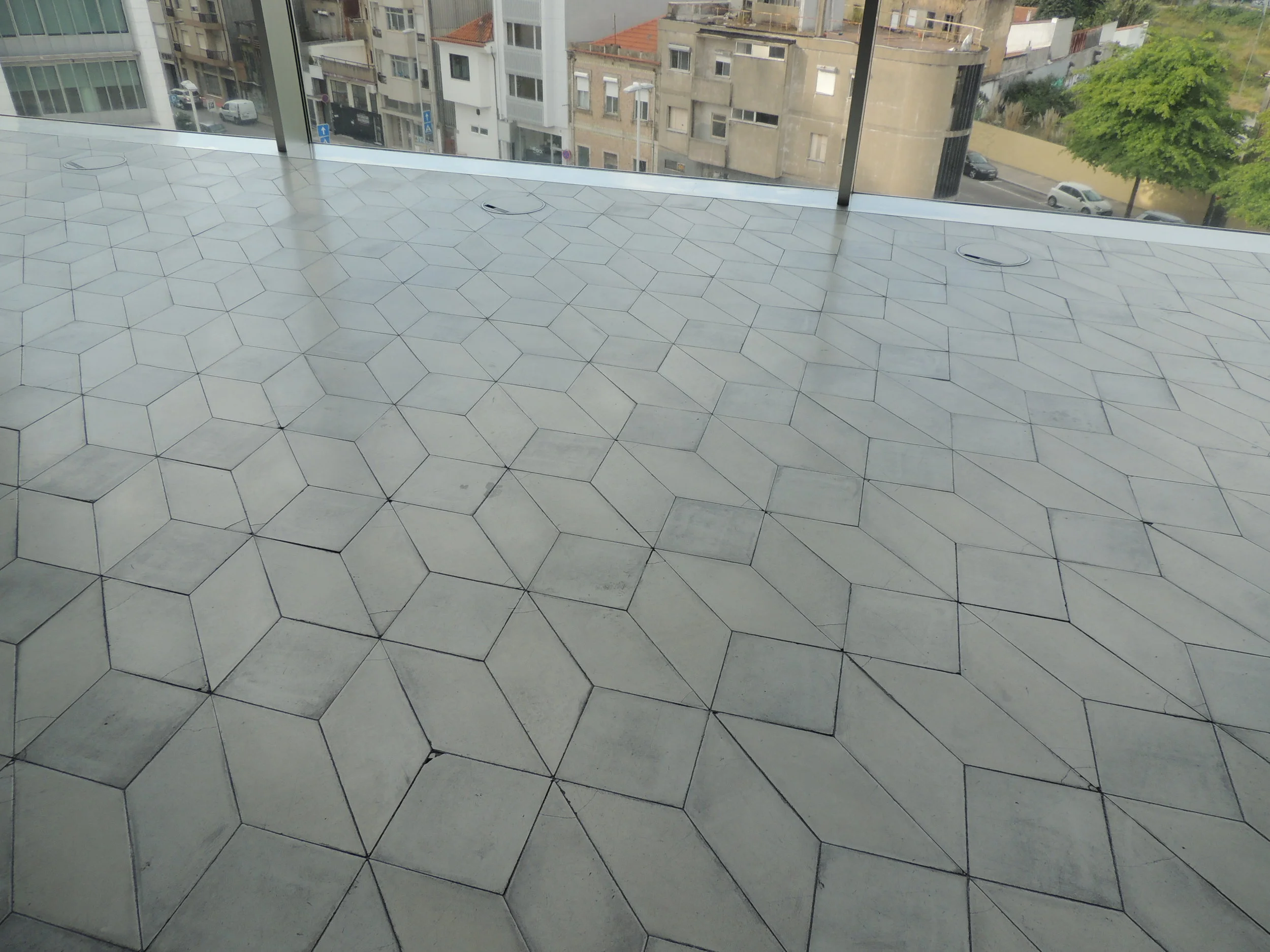Joseph Allen directs Harvard’s Healthy Buildings Initiative, advocating for the elimination of harmful chemicals in our buildings as a way of measurably improving public health. His opinion piece that appeared in The Washington Post earlier this spring explains why our collective work to avoid and eliminate forever chemicals like PFAS in our indoor environments is so important to public health and productivity: PFAS chemicals have been clearly linked to cancer, endocrine and fertility issues, and low birthweight, among other health concerns. PFAS in clothing, housewares and building products virtually never breaks down, hence Dr. Allen’s “forever chemicals” moniker for them. Instead of deteriorating into innocuous chemical compounds, PFAS evenutally find their way into our water and air, where we can gain regular exposure to them.
Dr Allen’s piece also details the herculean effort involved in tackling the regulation of this huge and pervasive class of chemicals: PFAS substances can be found in products ranging from dental floss to housepaint to furniture. And though it’s easy to feel overwhelmed, it’s also true that consumer power plays an important role in the fate of forever chemicals. Every time you inquire whether a product contains PFAS and make a different selection when it does, you help to move the needle away from forever chemicals in our homes, our workplaces, our water supply and in the air we breathe.
When researching furniture, cookware, appliances, house paint and even dental floss, be sure to reach out to manufacturers to confirm that the products you plan to buy are free of all PFAS chemicals (and not just PFC-free or PFOA-free, which are just 2 of 10,000 possible PFAS variants). Better options do exist, but frustratingly, it can take tenacity and perseverance to find them.











































